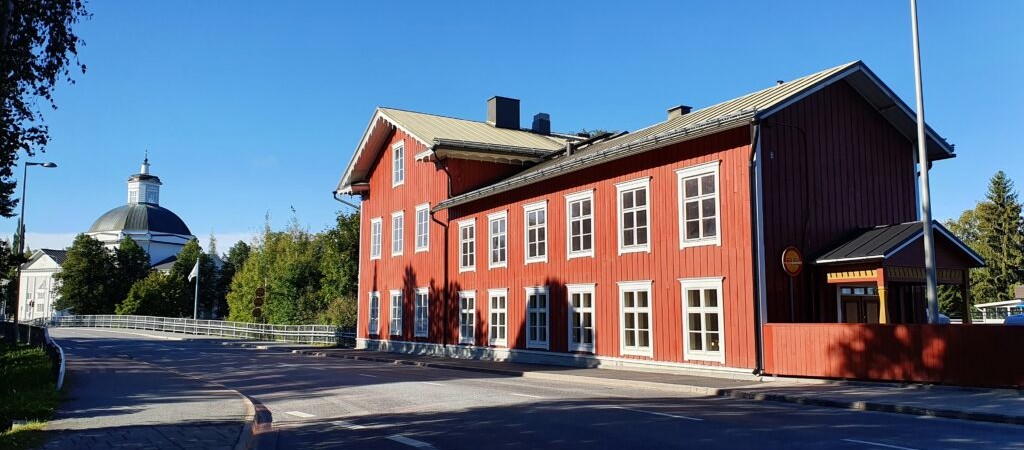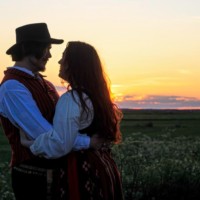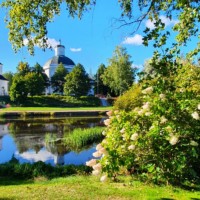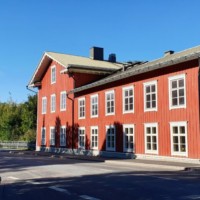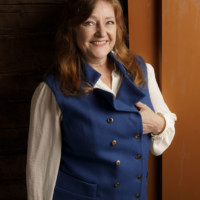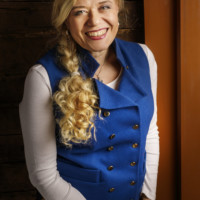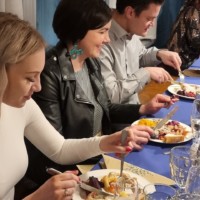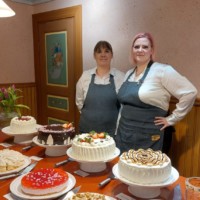Kosola House
Kosola Tavern
The historical tavern at the Kosola House, which stands as a landmark in Lapua, is open again after a hundred-year break.
The lunch café is open on weekdays in winter, and also on weekends in summer. Check the current opening hours on the homepage of Kosola House!
Tavern also works as a restaurant by reservation for groups. We have plenty of options available!
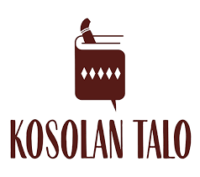
Kosola House
Kosolankatu 1
62100
Lapua
+358401723606
+358400317138
Have a look at nearby destinations
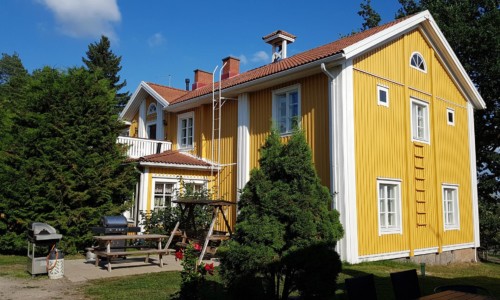
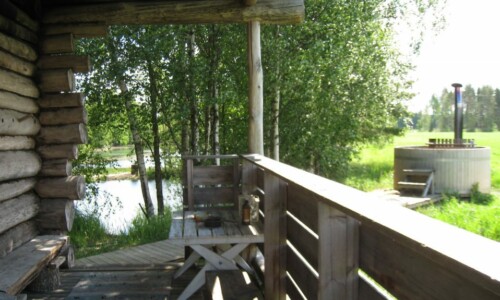
Peräkangas Maatilamatkailu
Western Finland, Lapua
Accommodation | Activities | Food and drink | For groups
Take a look
